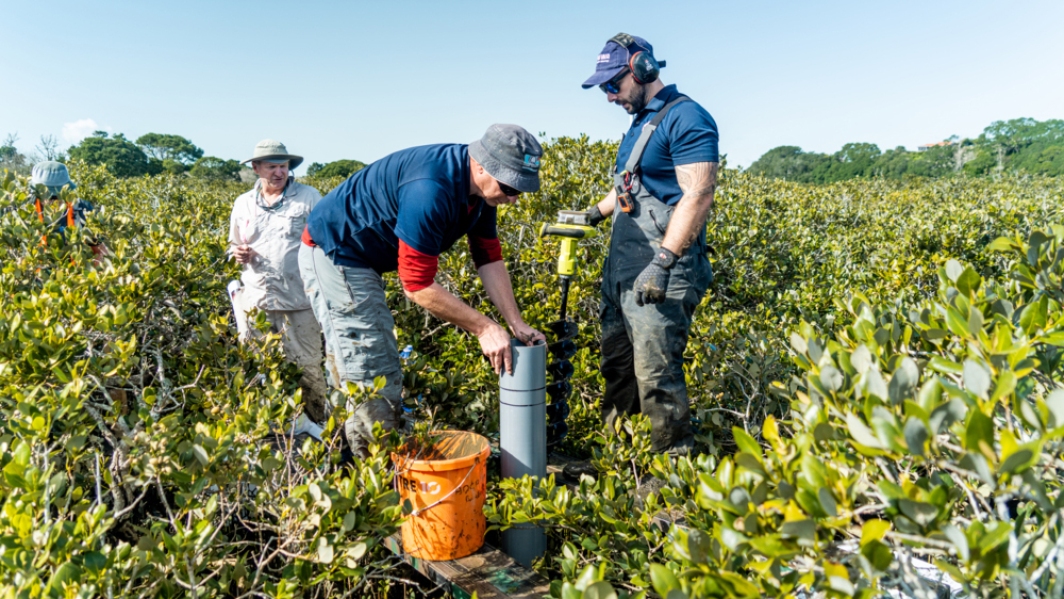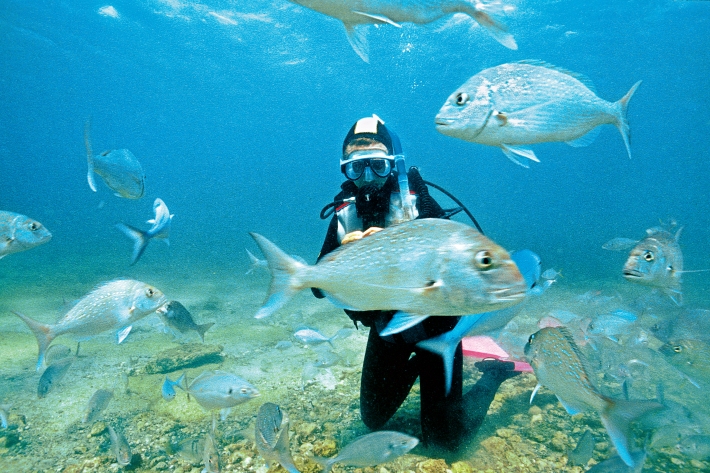-

Green Island
Data source – NIWA
Latest data The upper plot compares raw data (blue) and forecast tide (red). When the two curves are aligned there is no storm surge, which is the elevation or depression of sea level as a result of meteorological conditions. But if the raw data lie above or below the forecast tide, it means we have positive or negative storm surge. The lower plot compares storm surge (SS) with inverted barometer (IB), which is derived from atmospheric pressure. When the two curves are aligned it means that the storm surge is being driven by local pressure changes. -

Ancient isopods: conservation status of New Zealand phreatoicid isopods
These endemic freshwater crustaceans are truly living fossils that originated in Gondwana at least 325 million years ago and have changed little morphologically since that time. -

Voyage blog days 5-7
Over the past couple of days Tangaroa has come through rough seas although the conditions have not managed to dampen our spirits on this exciting journey.


